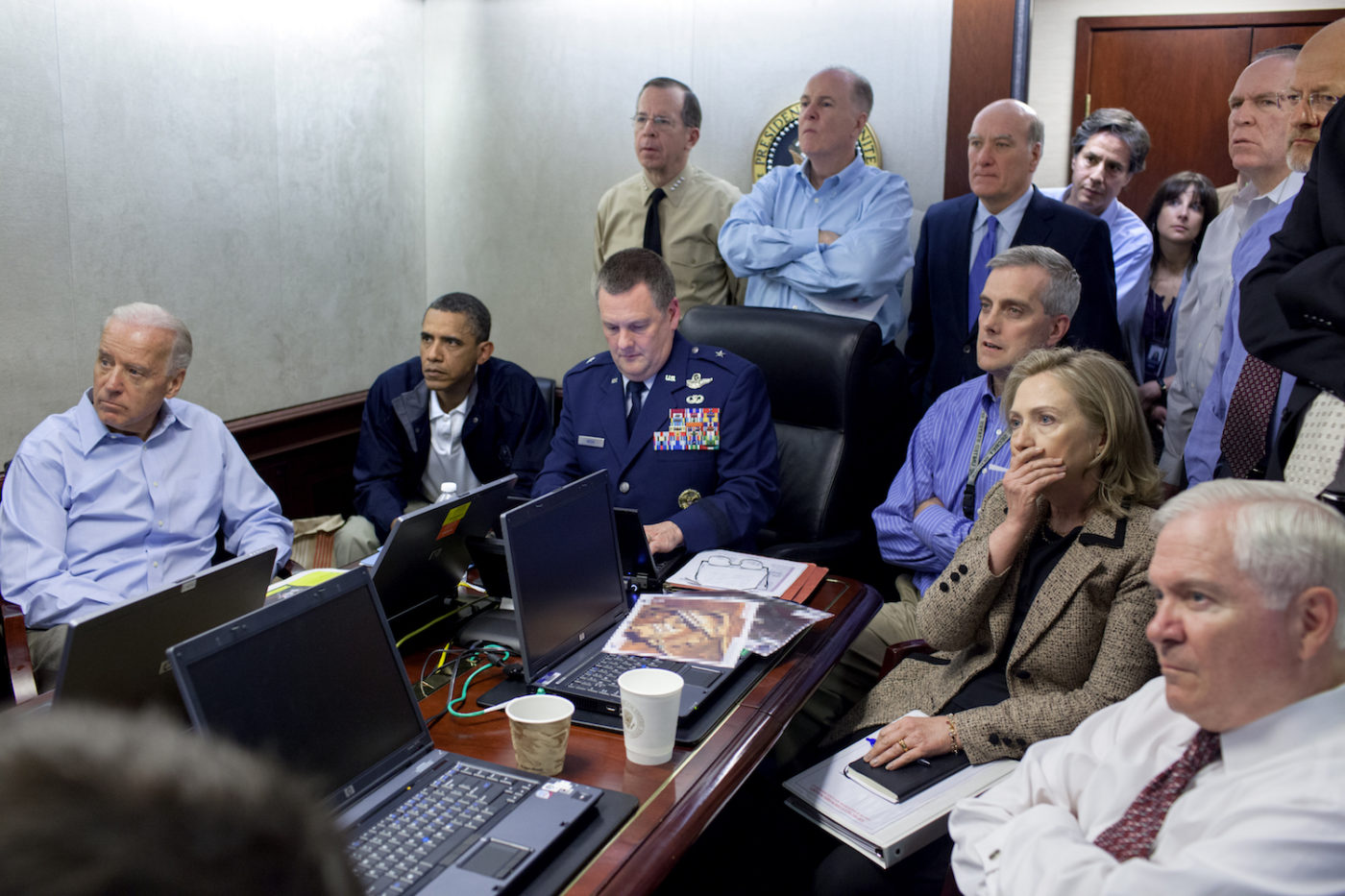By Alejandro A. Riera
Journalism is the first draft of history and Pete Souza was on its frontlines as the official White House photographer for the Ronald Reagan and Barack Obama administrations. He witnessed and recorded for posterity the highs and the lows, the good, the bad and the ugly, those candid and personal moments that show the man behind the presidency and the weight of that role on his shoulders. A photo says more than a thousand words and the hundreds of photos taken by Souza fill volumes. Which is why I wished there had been more history and less hagiography in Dawn Porter’s The Way I See It, based on Souza’s Obama: An Intimate Portrait (2017) and Shade: A Tale of Its Two Presidents (2018). There are times in which I felt Porter couldn’t make up her mind about what her documentary should be about and decided to throw everything andthe kitchen sink: the role of photojournalism in recording history; an appreciation of Obama’s presidency; a look at Souza’s life and career; the definition of presidency and leadership; and, yes, also about that orange-haired elephant on the room where it happens.
Souza was a photographer for the Chicago Sun-Times when he was approached by Mary-Anne Fackelman-Miner, the first woman to serve in an official capacity as a White House photographer, to join her team during the final years of Regan’s second term. Not being a big fan of Reagan, Souza at first turned down the offer but in the end relented. He might have been seduced by Reagan’s charm but that didn’t stop him from dispassionately chronicling the worst moments of his presidency. His rapport with Reagan and wife Nancy was such that he was chosen by Nancy to photographically chronicle her husband’s funeral. As a photographer for the Chicago Tribune, Souza went to Afghanistan after 9/11, but all roads pointed once again to the White House after his paths crossed those of a young Illinois senator by the name of Barack Obama.
The documentary works when it lets Souza and his photographs speak for themselves. Whether it’s the Iran-Contra affair or Reagan’s tone deafness at the AIDS crisis or, in the case of Obama the Sandy Hook Massacre, the raid that killed Osama Bin-Laden, the passage of the Affordable Care Act, a staff meeting or a candid moment such as the one portraying the President playing with his daughters in the snow, Souza lifts the veil on the presidency, explaining what each moment meant for those involved and what he wanted to capture.
Porter complements Souza’s stories and reminiscences with news footage not only to bring these moments to life but to underline the one presidential quality the current tenant of the White House does not have: empathy. It’s hard not to feel, at this moment in time when need leadership and empathy the most, emotional when we once again see Obama wipe several tears as he addresses the press after the Sandy Hook Massacre or to hear the testimony from one of the parents who lost their child about meeting the President right after the massacre. But then Porter decides to gild the lily through a series of montages edited either to incredibly sappy, sugary and excessively earnest songs by the likes of Belinda Carlyle or to Marco Beltrami’s, Brandon Roberts’ and Buck Sanders trickly score, insistently telling you how to feel. It’s the aural equivalent of being bludgeoned by a sledgehammer. Historian Doris Kearns Goodwin is brought in to address the qualities that all good leaders (and for that matter, presidents) must have while diplomats Susan Rice and Samantha Power offer an inside view on Obama’s administration, and Souza’s wife, Patty Lease, and his mother offer some light, rather simpático take on Souza’s quirks.
Trump haunts this film from the beginning as the transition of power takes place and Souza and his team are shown the door (“the sense of relief of not being available 24/7,” sighs Souza). But the current president takes centerstage in the film’s final third as Souza, seeing what his administration is doing to the image of this country, to the role of the presidency but, most insultingly to him, to the role the White House photographer plays in documenting an administration’s history, takes to Instagram to juxtapose Trump’s tweets with the pictures he took of Obama’s years. They are delightfully tongue-in-cheek and, for a journalist proud of his craft and of pretty much remaining an observer, a rebellious act of sorts.
So focused is The Way I See It in revisiting Obama’s glory days that it doesn’t even bother to acknowledge the institutional racism he faced during his administration until almost ten minutes before the documentary is over and with a throwaway line at that. After all, during his two terms in office, the country was shaken by the gunning down of Trayvor Martin by George Zimmerman and the deaths of Michael Brown and Eric Garner in the hands of police officers among other racially charged incidents while Obama was dealing with Senate Majority leader Mitch McConnell’s clearky racist and mostly successful attempts in blocking his policies and judicial appointments. I would have really loved to have heard, in Souza’s words, how these issues weighed on Obama given how brutally relevant they are today.
Porter can’t leave well enough alone and ends her documentary with a barrage of events that are still fresh in our memory because we are still dealing with them: the current administration’s mishandling of the coronavirus pandemic and the nationwide protests and riots that erupted after George Floyd’s death. At this moment we don’t need any more reminders that, yes, this is the year from hell. What you need is a level-headed vice that explains how we got here. Souza delivers that voice; so do his images. They speak loud and clear without resorting to gimmicks.
The Way I See It opens theatrically this weekend and will air October 9 on MSNBC.
